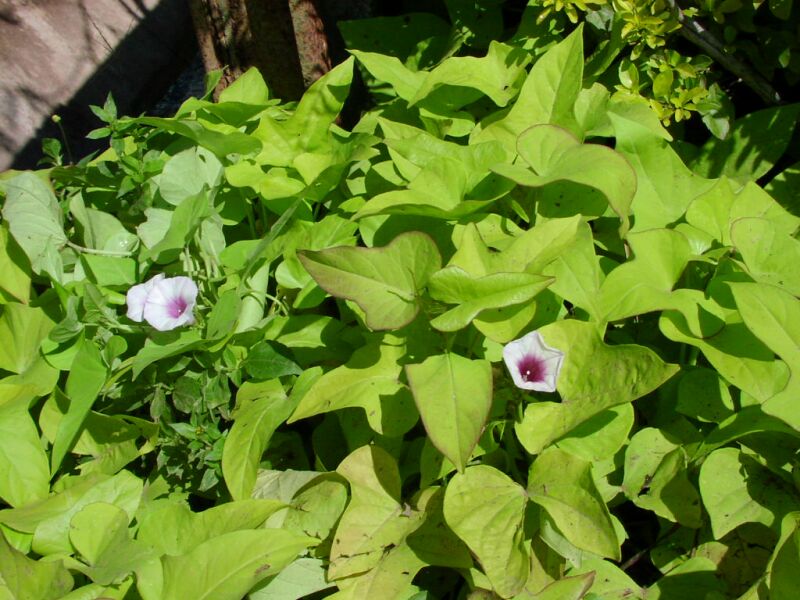Cattle farmers in Kajiado are staring at insufficient pasture due to an invasive weed that has affected at least one million acres of land preventing grass from growing.
The weed has affected at least 45 per cent of pasture land in Kajiado Central region alone, the most hit area.
The weed known as ipomoea cannot be eaten by livestock and causes respiratory problems such as sneezing.
Kajiado Central has 95,534 herds of cattle according to the Kenya Dairy Board, the regulator, developer and promoter of the dairy industry in Kenya.
Related
KARI launches feed making machine to preserve dwindling pasture
Cattle rearing hobby propels farmer to top position nationally
Rift farmer creates empire with low cost cattle feed
John Ole Parken, a cattle keeper in the region for instance, has resorted to buying feeds for his cows as the weed has quickly spread on his farm since the onset of the rains in March this year.
“I have resorted to buying feeds such as Napier grass, hay, and dairy mineral supplements at Sh6000 per month hence reduction in my profits by 30 per cent,” said Ole Parken.
The farmer has 11 cows and 4 calves which he feeds at least twice in a day and no longer grazes them on his land due as all pasture has been destroyed by the weed.
“Since the seeds of the weed are easily carried by winds, the spread has been rapid and farmers in the region have been unable to spread it,” said Ole Parken.

Another farmer in Kajiado Central region Solomon Ole Matiko, has lost half of his pasture land to the weed and has relocated half of his cows to his brother’s farm as he is unable to feed all of them.
“This weed was first reported here in 1995 and pastoralists in this area have been unable to eradicate it,” said Ole Matiko.
To control it, farmers are urged to uproot it continuously or cut its flowers so as to curb the spread of the seeds through wind pollination.
The quantity of milk delivered to dairy processors recorded a significant drop of 17.4 per cent from 648.2m litres in 2016 to 535.7m litres in 2017, according to the 2018 economic survey released by the Kenya National Bureau of Statistics in April this year.
However, the number of cattle and calves slaughtered in abattoirs rose by 5.3 per cent from 2,.46m in 2016 to 2.59m in 2017. During the same period, the total number of goats and sheep slaughtered increased by 12 per cent to stand at 9.2m.
The increase in the number of livestock slaughtered was attributable to the increased livestock off take occasioned by drought experienced during the period under review to cushion farmers from losses.
















Comments powered by CComment